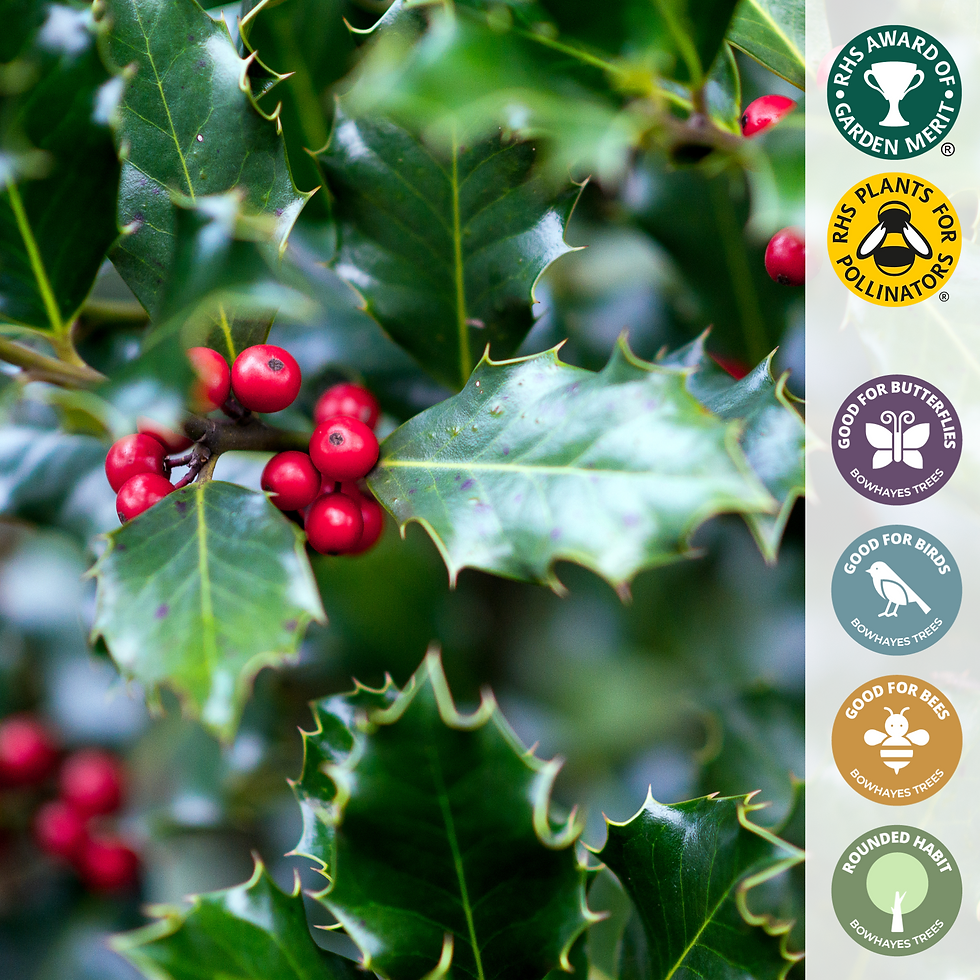Acer campestre, also known as field maple or hedge maple, is a picturesque, medium-sized deciduous tree often used in country hedges, screens and woodland. A tough shrub, it can withstand exposed positions and salt air.
This product is only available for purchase in increments of 25
Description
An attractive, medium sized deciduous tree reaching up to 15-20 metres in height if left to grow freely. Also known as Hedge Maple, this native tree is often used in countryside hedging alongside other native species and on the edges of woodland. It is a fast-growing and resilient hedging plant which provides interest from seasonal colour across the year.
Planting Position
Suitable for most locations and soil types. Can handle exposed sites and is fairly hardy. Best grown in fertile, moist but well-drained soil in full sun or part shade.
Size
Growth Rate: Fast
Final Height: 15-20m
Final Spread: 4-8m
Foliage & Flowers
Leaves have five blunt lobes which turn from a red tinge in spring to a rich golden yellow in autumn. Small yellow-green flower clusters appear in late spring which turn into typical winged maple fruits dispersed by the wind.
Plant Interest
Field Maple is attractive to wildlife with the flowers providing nectar for bees and birds and the habitat supporting a wide range of insects.
Landscape Use
Field Maple works well as part of a mixed native hedge. It can also be used an attractive specimen tree with a rounded, compact bushy crown.
Uses
The timber from Field Maple is traditionally used for wood-turning and carving.
Acer campestre (25 Pack) | Field Maple
- Fruits: Small yellow-green flowers barely visible but of interest to bees. They mature into winged seeds in autumn.
- Foliage: Small dark, green and shiny leaves with 5 lobes and rounded teeth. Turn to rich yellow in autumn.
- Mature Height & Spread: Lovely rounded form can grow up to 20m when fully mature.
- Soil Preference: Best grown in fertile, moist but well-drained soil in full sun or part shade.
- Plant Interest: Attracts various wildlife, including birds and pollinators
































